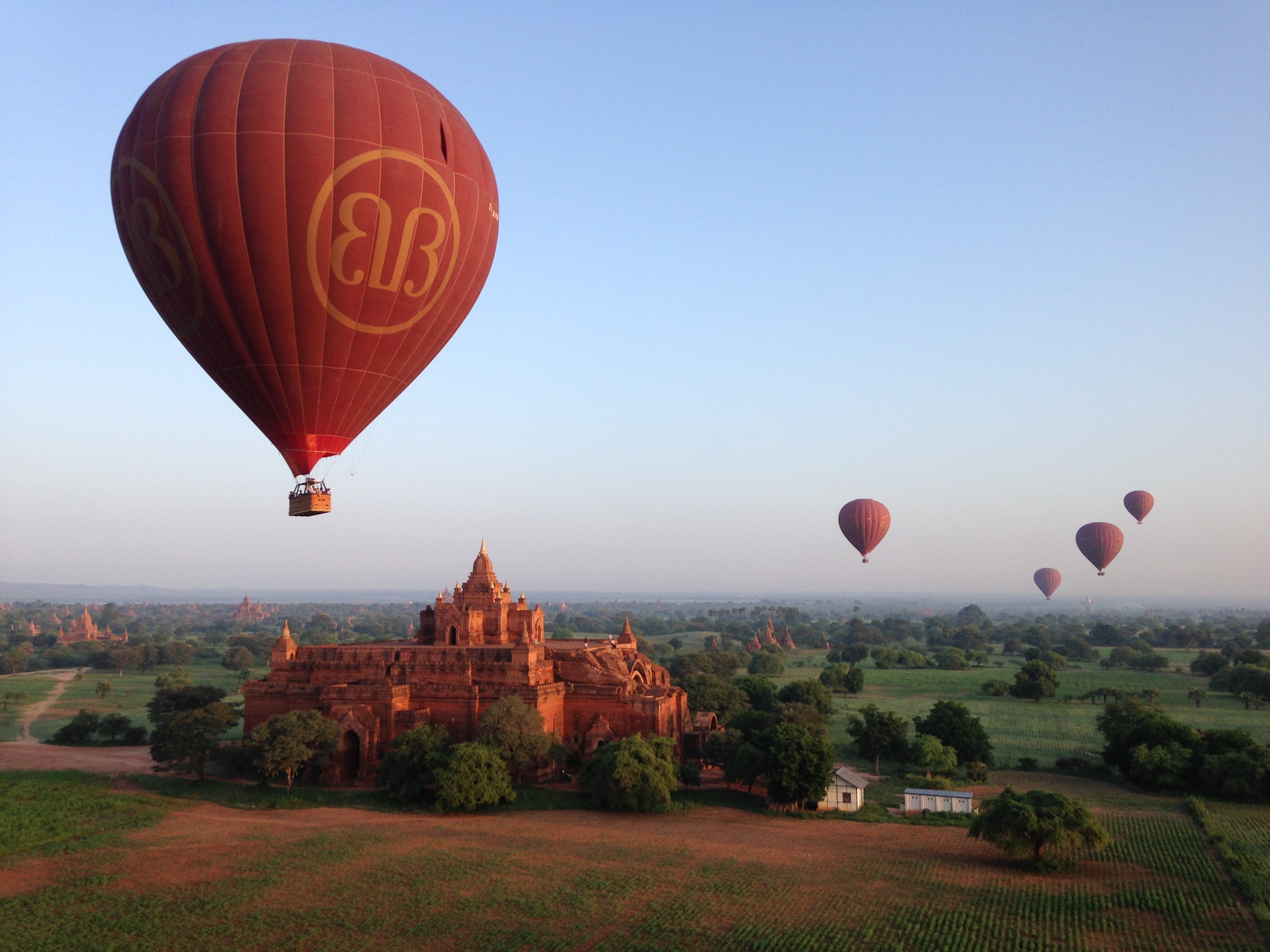Every year thousands of people zoom to Rio to celebrate the world’s greatest celebration of dance, culture, good times, and good will. It’s the standard against which all other carnivals are compared. Never ones to miss a good party, it is no wonder that thousands of these tourists are gay.
However, this is definitely a time and place where the lines between straight and gay are blurred. It would not be uncommon to see a man and woman walking hand in hand through a street parade and then see them suddenly in a three-way lip-lock with someone from the crowd. In fact many of the locals say that during Carnival (Carnaval in Portuguese) everyone is “a little bit gay”.
The specific dates change every year, but Carnaval festivities officially start on Saturday, and end on Fat Tuesday.
Throughout Carnaval, the streets of Rio have a spirit and vigor which has everyone enraptured for four days of infectious dancing and indomitable partying. At any given moment multiple street parties are taking place in various parts of the city. For gay travelers, there are two gay parades (bandas) that meander through the streets of Rio’s gay area in Ipanema, plus a massive nightly block party that consumes the street, Rua Farme Amoedo. These are perhaps the most popular unofficial parades in the city, with music, dancing, drinks, food, and above all, people having the time of their lives. This is in addition to the elaborate circuit-like dance club raves that take place late into the night and into the next afternoon.
One would think that with so many drunk, dancing, partiers on the streets that drama would inevitably ensue. However, the opposite is true. It is a time when differences are forgotten, and when what makes each of us unique is celebrated. Experiencing Rio’s Carnaval is like entering an altered reality in which all the inhabitants have two goals: to make each other happy and to have fun. Carnaval’s gay travelers seem to appreciate this more than anyone.
Of course the week’s main celebration takes place at the Sambadrome, the samba dance parade competition televised to hundreds of countries and viewed by millions of people worldwide. Fourteen samba schools prepare all year, each creating as many as 30 elaborate floats and 1000s of spectacular multi-colored costumes. The result is an unparalleled two night parade and dance party. It is the type of over-the-top splendor and artistry that one must see to believe, and certainly something everyone should see in their lifetime.



